Home>Garden Essentials>How Deep Do You Plant Turnip Seeds
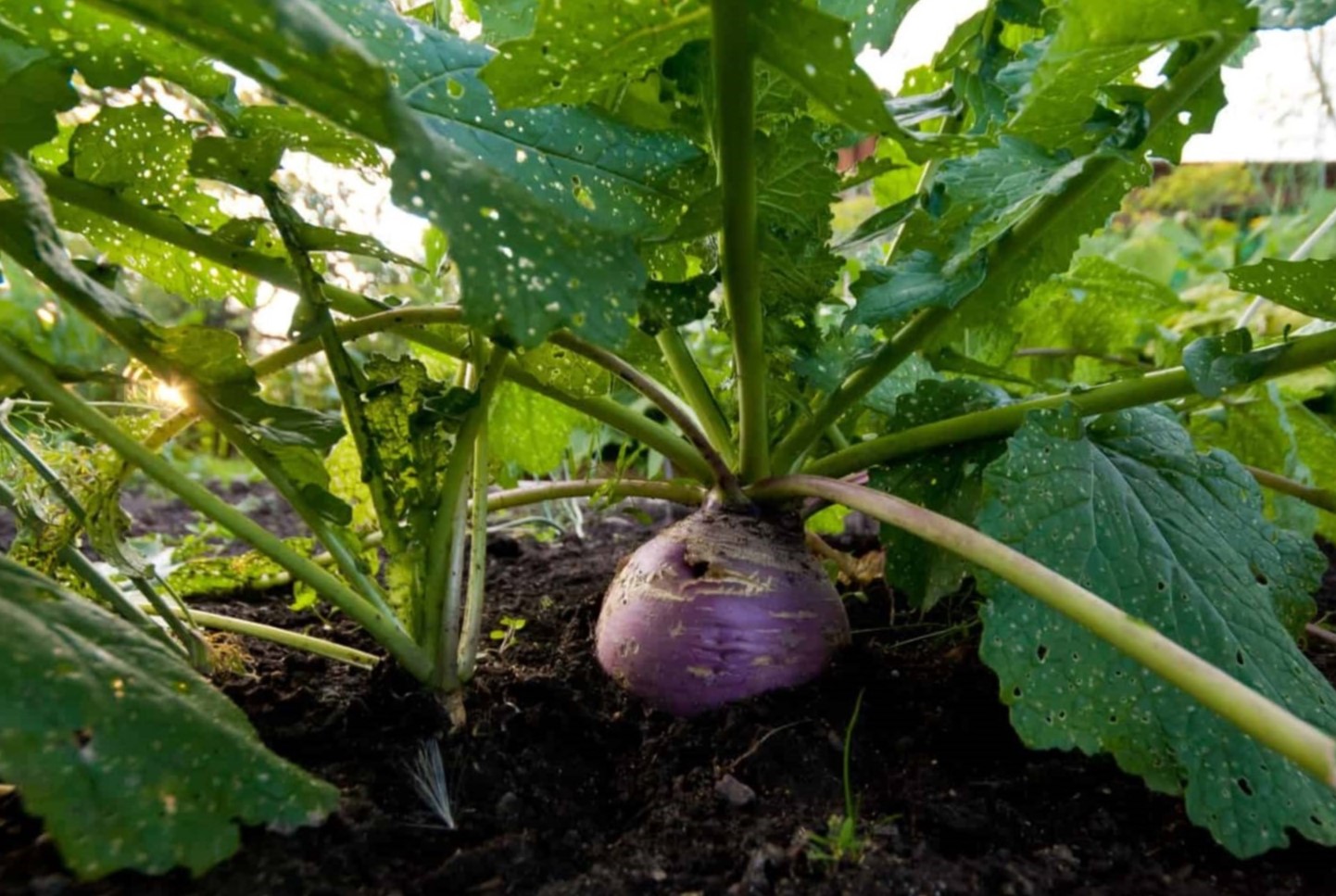

Garden Essentials
How Deep Do You Plant Turnip Seeds
Modified: March 15, 2024
Learn the optimal planting depth for turnip seeds in your garden and ensure a successful harvest. Discover expert tips and techniques for planting turnips.
(Many of the links in this article redirect to a specific reviewed product. Your purchase of these products through affiliate links helps to generate commission for Storables.com, at no extra cost. Learn more)
Introduction
Welcome to the world of gardening! Whether you’re an experienced gardener or a beginner, one of the joys of tending to a garden is watching plants grow from tiny seeds into flourishing plants. When it comes to planting turnips, understanding the proper depth to plant the seeds is crucial for their successful growth. In this article, we’ll explore the factors to consider when planting turnip seeds and provide tips on achieving the optimal planting depth.
Turnips are versatile root vegetables that can be grown in various climates and soils. They are rich in nutrients and can be enjoyed in a variety of dishes, making them a popular choice for home gardeners. But to ensure the best start for your turnip seeds, it’s important to take into account several factors.
The first factor to consider is the maturity rate of the turnip variety you are planting. Turnips come in different varieties, with some maturing faster than others. Understanding the maturity rate will help you determine the optimal planting depth, as faster-maturing varieties may require a shallower planting depth compared to slower-maturing ones.
Another important factor is the soil texture and moisture levels. Turnips prefer well-draining soil that is rich in organic matter. If the soil is heavy and retains water, it’s best to plant the seeds at a slightly shallower depth to prevent the seeds from sitting in waterlogged soil. Conversely, if the soil is sandy and drains quickly, planting the seeds slightly deeper can help ensure they have enough moisture to germinate and establish.
Sunlight is also crucial for turnip growth. Turnips thrive in full sun but can tolerate partial shade. Keep in mind that planting the seeds at the right depth can help ensure they receive adequate sunlight. If planted too shallow, the seeds may dry out or be exposed to excessive sunlight, negatively impacting their growth.
Lastly, consider any specific planting instructions provided on the seed packet. Some turnip varieties have specific requirements for planting depth and spacing. Be sure to read and follow these instructions to maximize your chances of success.
Now that we have an understanding of the factors to consider when planting turnip seeds, let’s explore the ideal planting depth to ensure optimal growth and a bountiful harvest.
Key Takeaways:
- Plant turnip seeds ¼ to ½ inch deep in loose, well-drained soil for optimal growth. Avoid planting too shallow, which can lead to drying out, or too deep, which can inhibit germination and root development.
- Follow seed packet instructions, prepare soil, create furrows, space seeds, cover with soil, water, and monitor moisture for successful turnip seed planting. Adjust planting depth based on specific turnip variety and local conditions.
Read more: How Deep To Plant Turnip Seeds
Factors to Consider when Planting Turnip Seeds
When it comes to planting turnip seeds, there are several important factors to consider in order to ensure successful growth and a bountiful harvest. By taking these factors into account, you can set the stage for healthy turnip plants and delicious, nutritious roots.
The first factor to consider is the timing of planting. Turnips are a cool-season crop that thrives in temperatures ranging from 50 to 70 degrees Fahrenheit (10 to 21 degrees Celsius). They can tolerate light frost, but it’s best to plant them when the soil temperature is consistently above 40 degrees Fahrenheit (4 degrees Celsius). Planting too early in cold soil can lead to poor germination and slow growth.
Next, consider the location of your garden. Turnips prefer well-drained soil that is rich in organic matter. They can tolerate a range of soil types, but they perform best in loose, loamy soil. If your soil tends to be heavy or clay-like, consider amending it with organic matter such as compost or well-rotted manure to improve drainage and fertility.
Another important factor is sunlight. Turnips thrive in full sun, which is defined as at least six hours of direct sunlight per day. However, they can tolerate some shade, especially in hotter climates. If your garden has partial shade, make sure your turnip plants receive at least four hours of direct sunlight to promote healthy growth and root development.
Soil moisture is crucial for turnips. They prefer consistently moist soil, but not waterlogged conditions. Adequate soil moisture is especially important during the germination and root development stages. Before planting turnip seeds, make sure the soil is evenly moist throughout. Avoid overwatering, as it can lead to rotting of the seeds or roots.
Spacing is another factor to consider when planting turnip seeds. Adequate spacing provides room for the plants to grow and allows for proper air circulation, reducing the risk of disease. Space the seeds or seedlings according to the recommendations on the seed packet or plant label, typically around 2 to 4 inches (5 to 10 centimeters) apart.
Lastly, consider the companion plants for turnips. They have several beneficial companion plants, including radishes, carrots, and lettuce. These companion plants not only help deter pests but can also improve soil quality and create a more biodiverse garden ecosystem.
By taking these factors into consideration, you can create an optimal environment for your turnip plants to thrive. Healthy turnip plants will reward you with delicious, nutritious roots that can be enjoyed in a variety of dishes. Now that we’ve covered the important factors to consider, let’s move on to discussing the ideal planting depth for turnip seeds.
Ideal Planting Depth for Turnip Seeds
The ideal planting depth for turnip seeds plays a crucial role in their germination and subsequent growth. Planting the seeds at the correct depth ensures that they receive the right amount of moisture, warmth, and light to sprout and develop into healthy turnip plants.
On average, turnip seeds should be planted at a depth of ¼ to ½ inch (0.6 to 1.3 centimeters) in loose, well-prepared soil. This depth allows the seeds to establish proper root systems while also providing them with access to sufficient moisture and sunlight for germination.
Planting turnip seeds too shallow can result in poor germination, as the seeds may dry out quickly or be exposed to excessive sunlight, inhibiting their ability to sprout. Shallowly planted seeds are also more susceptible to being eaten by birds or washed away by rainfall. To ensure the seeds are protected and have the best chances of successful germination, it is important not to plant them too close to the surface.
On the other hand, planting turnip seeds too deep can also be detrimental to their growth. Deeply buried seeds struggle to emerge from the soil, reducing their chances of sprouting. Additionally, deeper planting can lead to slower germination and weaker seedlings. The energy and resources required for the seedlings to push through the deeper soil may be excessive, resulting in stunted growth.
To achieve the ideal planting depth, it is recommended to create a furrow or trench in the prepared soil using a small garden tool or a finger. Gently sprinkle the turnip seeds along the furrow, spacing them according to the recommended distance on the seed packet. Cover the seeds with soil, lightly pressing it down to ensure good seed-to-soil contact.
As turnip seeds are relatively small, it is important not to scatter them too closely together. Crowded seeds can result in overcrowded plants, leading to competition for nutrients, water, and space. Adequate spacing allows each plant to develop a robust root system and foliage, promoting optimal growth and healthy turnips.
Keep in mind that the ideal planting depth for turnip seeds may vary slightly depending on the specific turnip variety and prevailing soil and weather conditions. Always refer to the instructions provided on the seed packet for the most accurate guidance on planting depth.
Now that you understand the importance of the ideal planting depth for turnip seeds, let’s explore the potential effects of planting turnip seeds too shallow or too deep.
Effects of Planting Turnip Seeds Too Shallow
Planting turnip seeds too shallow can have negative consequences on their germination, growth, and overall development. Understanding the potential effects of shallow planting will help you avoid common pitfalls and give your turnip seeds the best chance of success.
One of the main effects of planting turnip seeds too shallow is the risk of the seeds drying out. When seeds are exposed to the surface or placed too close to it, they are more susceptible to drying out due to sun exposure and lack of moisture retention. Without adequate moisture, the seeds may fail to germinate or take longer to sprout.
Shallowly planted seeds are also more vulnerable to fluctuations in temperature. The soil surface can heat up quickly, subjecting the seeds to excessive heat stress. In regions with hot weather, this can be particularly detrimental to their germination and initial growth stages.
Another significant risk of shallow planting is increased susceptibility to bird damage. Birds are naturally attracted to exposed seeds on the soil surface and may disturb or consume them. This can result in poor germination rates and reduced seedling populations.
Furthermore, shallowly planted turnip seeds may not establish secure root systems. Adequate soil cover helps anchor the roots and provides stability for the emerging seedlings. Lacking this support, seedlings may struggle to develop deep roots, which are essential for nutrient uptake and overall plant health.
Planting turnip seeds too shallow can also lead to overcrowding. Seeds that are scattered too closely together have limited space to grow and compete for essential resources such as nutrients, water, and sunlight. Overcrowded seedlings will have stunted growth and produce smaller turnips.
To avoid these effects, ensure that you plant turnip seeds at an appropriate depth, covering them with enough soil to protect them from drying out and bird activity. Aim for a planting depth of ¼ to ½ inch (0.6 to 1.3 centimeters) to provide the seeds with the necessary moisture and protection.
Now that we understand the potential consequences of planting turnip seeds too shallow, let’s explore the effects of planting them too deep.
Plant turnip seeds about 1/4 to 1/2 inch deep in loose, well-drained soil. Water the seeds after planting and keep the soil consistently moist for best results.
Effects of Planting Turnip Seeds Too Deep
While it’s important to avoid planting turnip seeds too shallow, planting them too deep can also have negative effects on their germination and subsequent growth. Understanding the potential consequences of deep planting will help you strike the right balance and give your turnip seeds the best chance of success.
One of the main effects of planting turnip seeds too deep is delayed or inhibited germination. The deeper the seeds are buried, the longer it will take for them to break through the soil surface. This can result in slower and uneven germination rates, leading to a less uniform crop and extended time to harvest.
Deeply buried seeds may also struggle to establish healthy root systems. The energy reserves within the seed are limited, and deeper planting increases the energy required for the developing seedling to push through the soil. As a result, the seedling may have weaker root development, which can affect its ability to absorb nutrients and water efficiently.
In addition to reduced root development, deep planting can affect the emergence of the seedling’s cotyledons (the embryonic leaves). The cotyledons are vital for early photosynthesis and providing the seedling with energy until true leaves develop. If the seeds are planted too deep, the cotyledons may have difficulty breaking through the soil surface, depriving the seedling of essential energy and nutrients.
Planting turnip seeds too deep can also lead to uneven seedling emergence. As the seeds are buried deeper, they may experience variations in soil moisture, temperature, and oxygen levels at different depths. This can result in some seeds germinating and emerging earlier while others struggle to break through the soil surface, leading to uneven growth patterns.
Furthermore, deep planting can increase the risk of fungal and bacterial diseases. If the soil remains consistently moist at deeper levels, it creates a favorable environment for disease-causing organisms to thrive. This can lead to seed rot, damping-off, or other fungal diseases that can weaken or kill the seedlings.
To avoid these effects, it’s essential to plant turnip seeds at the appropriate depth. Aim for a planting depth of ¼ to ½ inch (0.6 to 1.3 centimeters) to ensure optimal germination and establishment of healthy seedlings.
Now that we understand the potential consequences of planting turnip seeds too deep, let’s move on to some tips on how to achieve the right planting depth for your turnip seeds.
Read more: How To Plant Turnip Seeds
Tips for Planting Turnip Seeds at the Right Depth
Planting turnip seeds at the correct depth is crucial for their successful germination and growth. To ensure you achieve the right planting depth, here are some helpful tips to follow:
- Read the seed packet: Each variety of turnip may have specific instructions regarding planting depth. Be sure to read the information provided on the seed packet or in the seed catalog to determine the recommended planting depth for the specific turnip variety you are planting.
- Prepare the soil: Before planting, prepare the soil by removing any weeds or debris and loosening it with a garden fork or tiller. Ensure the soil is well-draining and enriched with organic matter, such as compost or aged manure, to provide optimal growing conditions for the turnip seeds.
- Create furrows or trenches: Use a small garden tool or your finger to create shallow furrows or trenches in the prepared soil. The furrows should be straight and spaced according to the seed packet instructions or around 12 to 18 inches (30 to 45 centimeters) apart for optimal plant growth and spacing.
- Plant the seeds: Gently sprinkle the turnip seeds along the furrow, spacing them according to the recommended distance on the seed packet. Avoid overcrowding by ensuring there is enough space between each seed, allowing the turnip plants to grow and develop properly.
- Cover the seeds: Once the seeds are evenly distributed along the furrow, cover them with soil. Use the back of a rake or your hands to lightly press down on the soil, ensuring good seed-to-soil contact. This will help with moisture retention and provide a stable environment for germination.
- Water thoroughly: After planting the turnip seeds, water the area thoroughly to ensure the soil is evenly moist. This will aid in seed germination and provide the necessary moisture for the seeds to sprout and establish healthy roots.
- Monitor moisture levels: Throughout the germination and growth process, keep a close eye on the moisture levels in the soil. Turnips prefer consistently moist soil, but not waterlogged conditions. Avoid overwatering, as it can lead to rotting of the seeds or roots.
- Thin seedlings if necessary: As the turnip seedlings start to grow, you may notice overcrowding. If the plants are too close together, thin them out by gently pulling out the weaker seedlings, leaving enough space for the remaining plants to grow and develop properly.
- Maintain proper care: After planting, continue to care for your turnip plants by providing them with adequate sunlight, watering as needed, and monitoring for pests or diseases. Following proper care practices will promote healthy growth and ensure a bountiful harvest.
By following these tips, you can ensure that your turnip seeds are planted at the right depth, setting them up for successful germination and growth. Remember to adjust the planting depth based on the specific recommendations for the turnip variety you are growing and the prevailing soil and weather conditions in your area.
Now that you have all the information you need, you’re ready to plant your turnip seeds and enjoy the rewarding experience of growing these delicious root vegetables in your garden.
Conclusion
Planting turnip seeds at the correct depth is essential for their successful growth and development. By considering factors such as timing, soil texture, sunlight, moisture levels, spacing, and companion plants, you can create an optimal environment for your turnips to thrive. Planting the seeds at the right depth ensures they receive the necessary moisture, warmth, and light to germinate and establish healthy roots.
While planting turnip seeds too shallow can lead to drying out, bird damage, and poor root development, planting them too deep can result in delayed germination, weak root systems, uneven emergence, and increased disease susceptibility. Striking the right balance is key.
To achieve the ideal planting depth, consult the instructions on the seed packet, prepare the soil adequately, create shallow furrows or trenches, scatter the seeds evenly, cover them with soil while ensuring good seed-to-soil contact, water thoroughly, and monitor moisture levels throughout the growing process. Thinning seedlings and providing proper care will also contribute to the success of your turnip plants.
Remember, each turnip variety may have specific requirements, so always refer to the seed packet instructions for the most accurate planting depth and spacing recommendations. It is also important to adjust the planting depth based on your specific soil and weather conditions.
With proper planting and care, you will soon enjoy a bountiful harvest of delicious turnips. These versatile root vegetables can be used in a variety of dishes, adding flavor, nutrition, and satisfaction to your meals.
So, grab your gardening tools and get ready to plant your turnip seeds at the perfect depth. Enjoy the journey of watching them grow and relish in the satisfaction of your homegrown harvest. Happy gardening!
Frequently Asked Questions about How Deep Do You Plant Turnip Seeds
Was this page helpful?
At Storables.com, we guarantee accurate and reliable information. Our content, validated by Expert Board Contributors, is crafted following stringent Editorial Policies. We're committed to providing you with well-researched, expert-backed insights for all your informational needs.
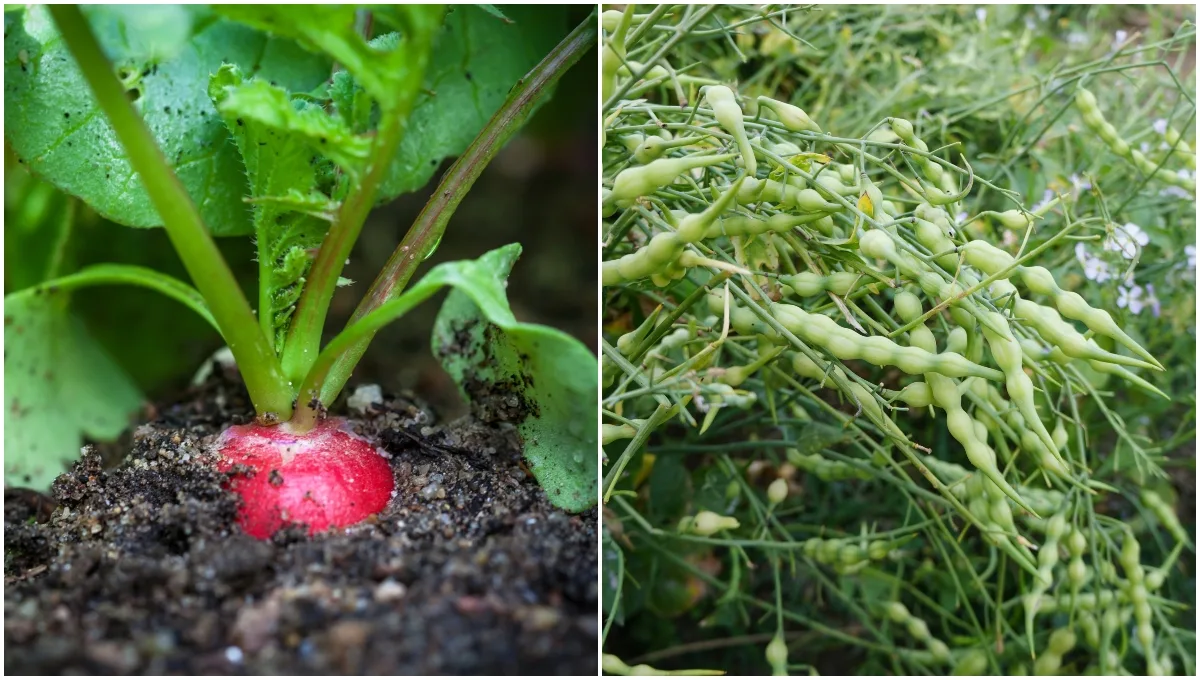
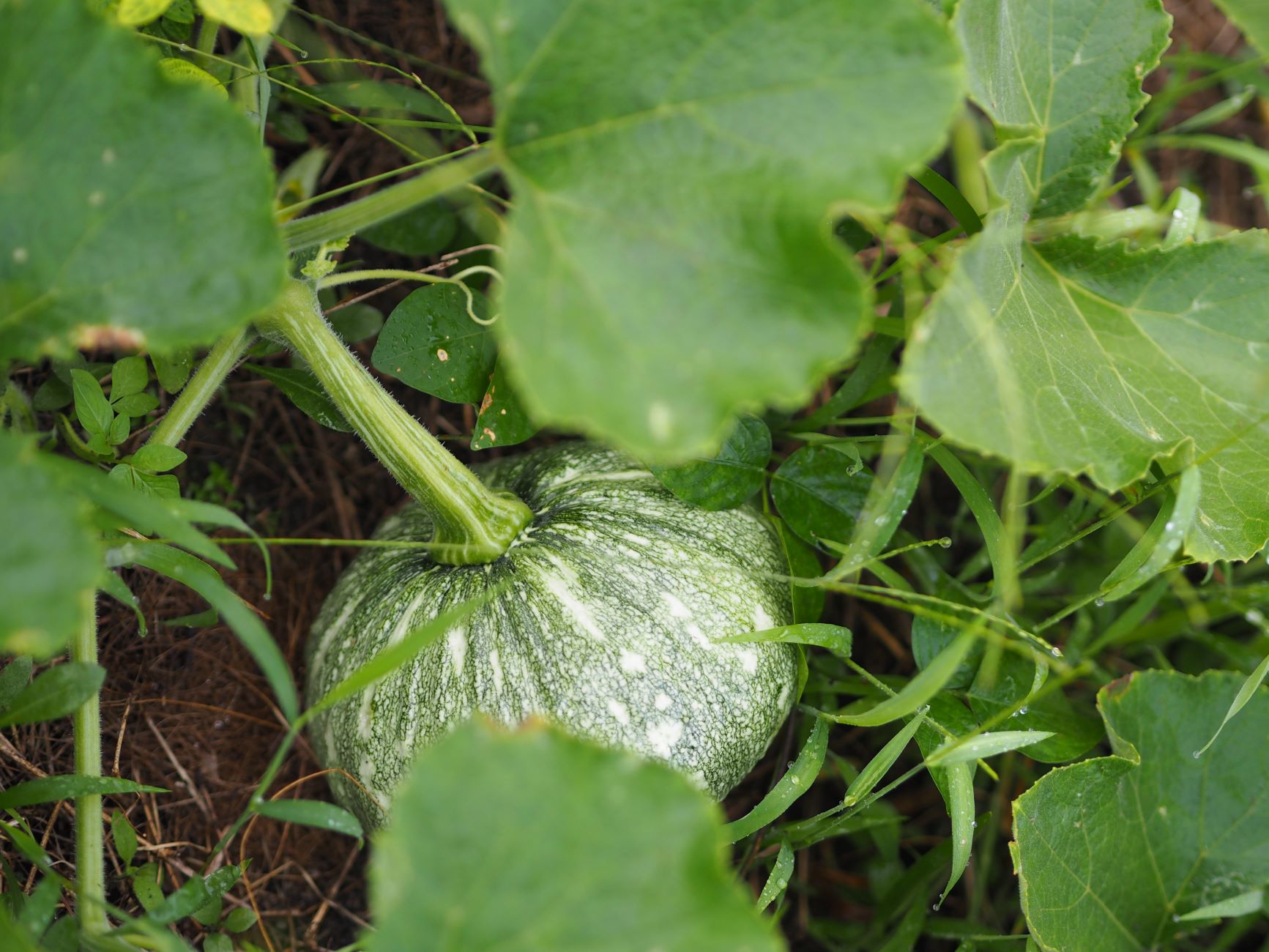
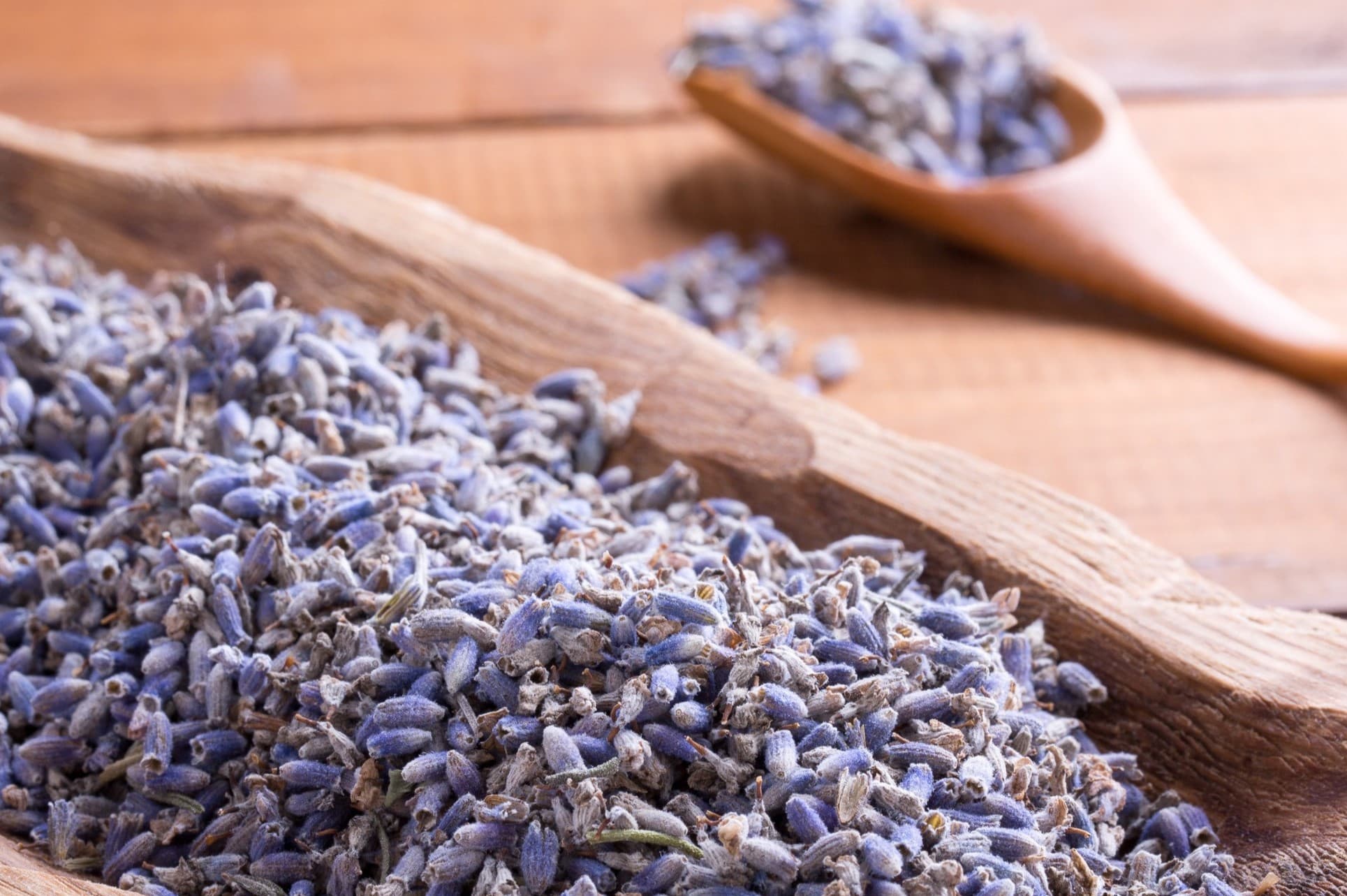
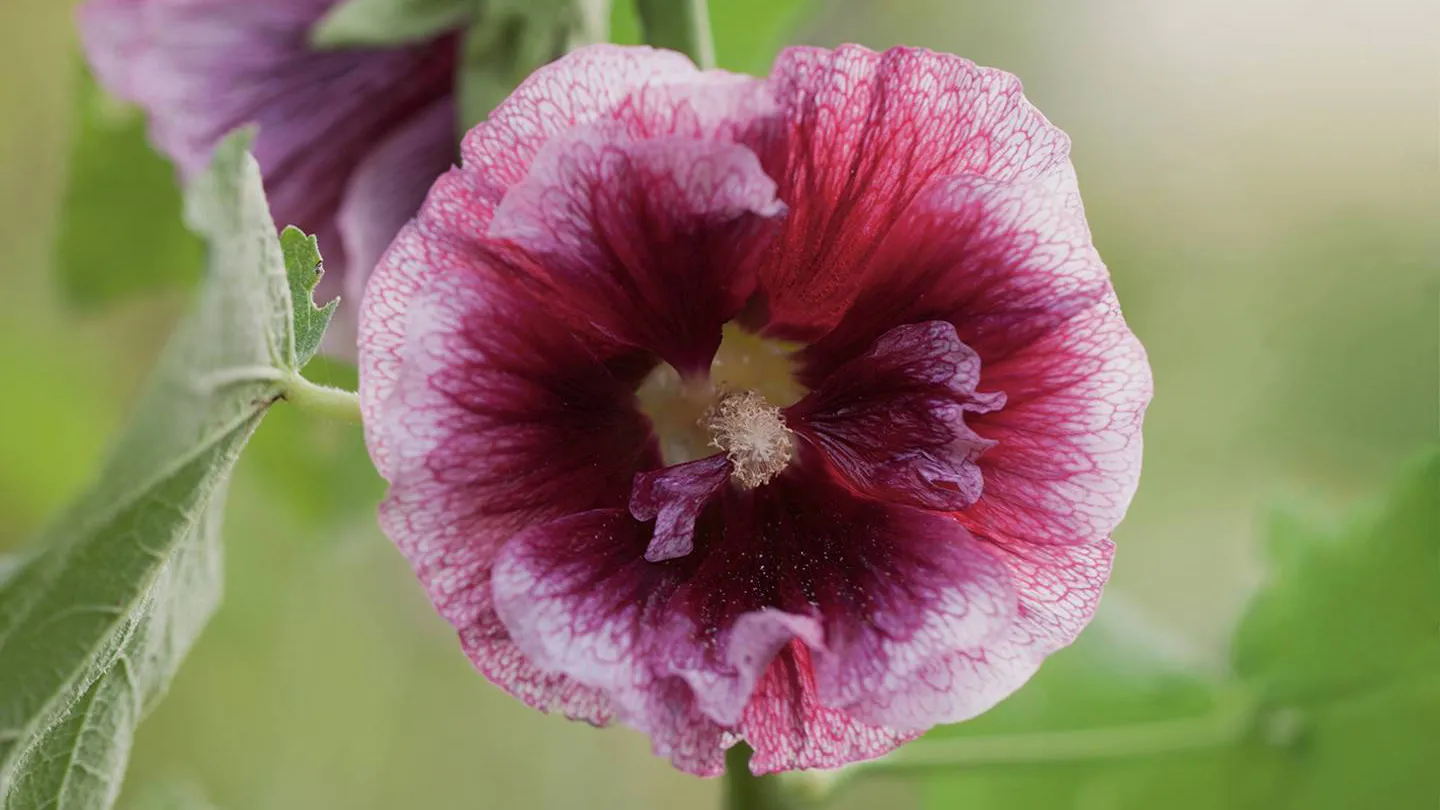
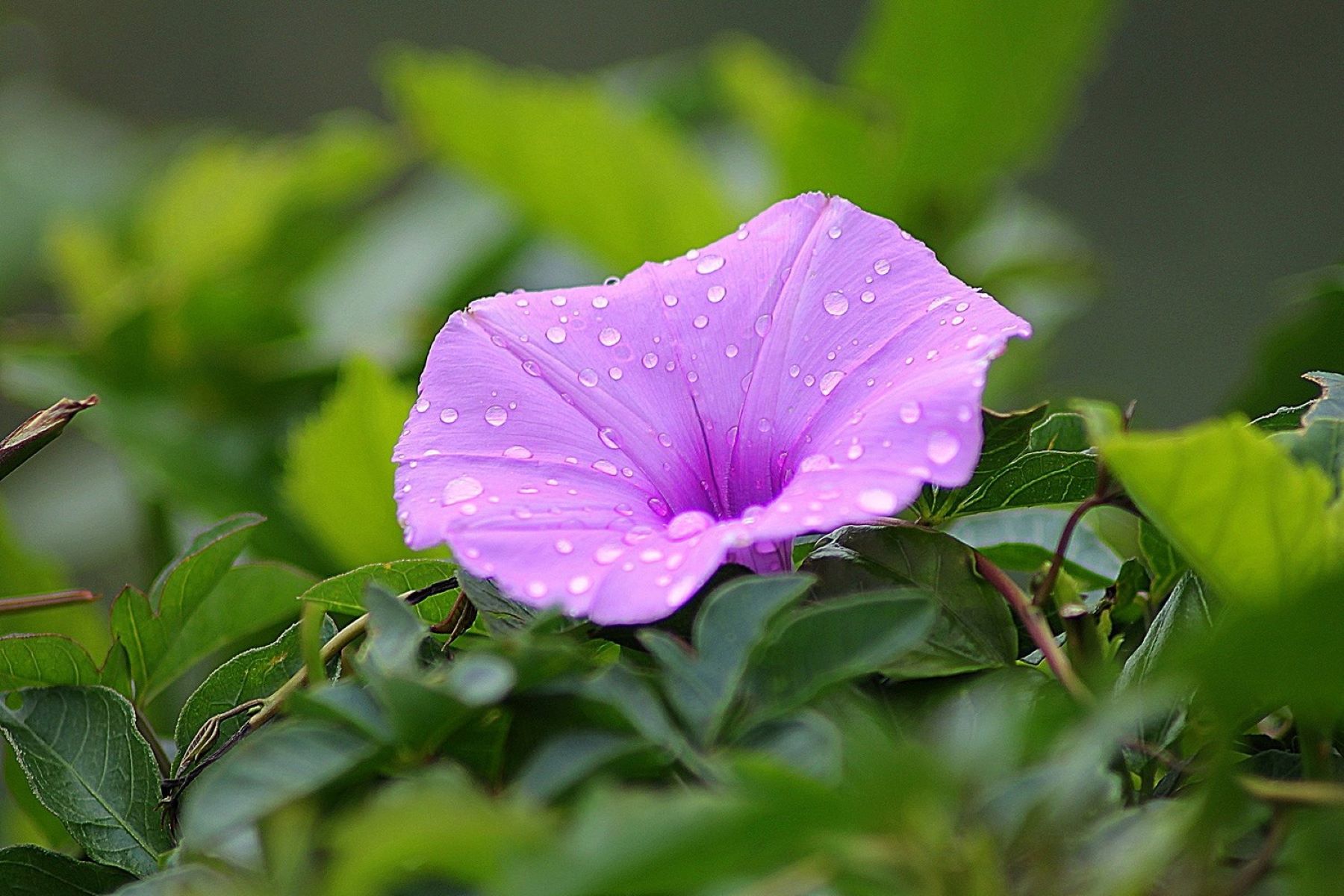
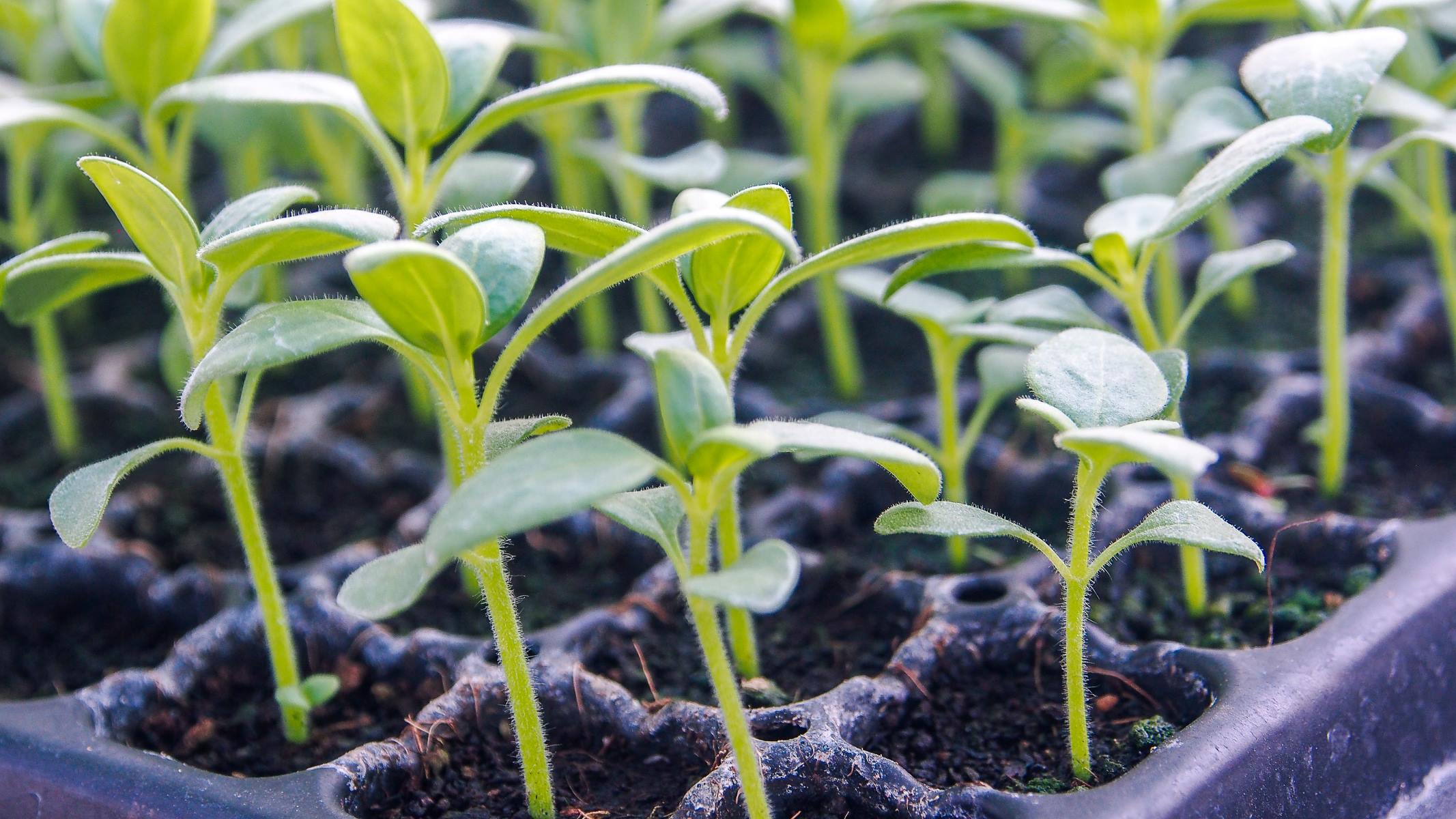
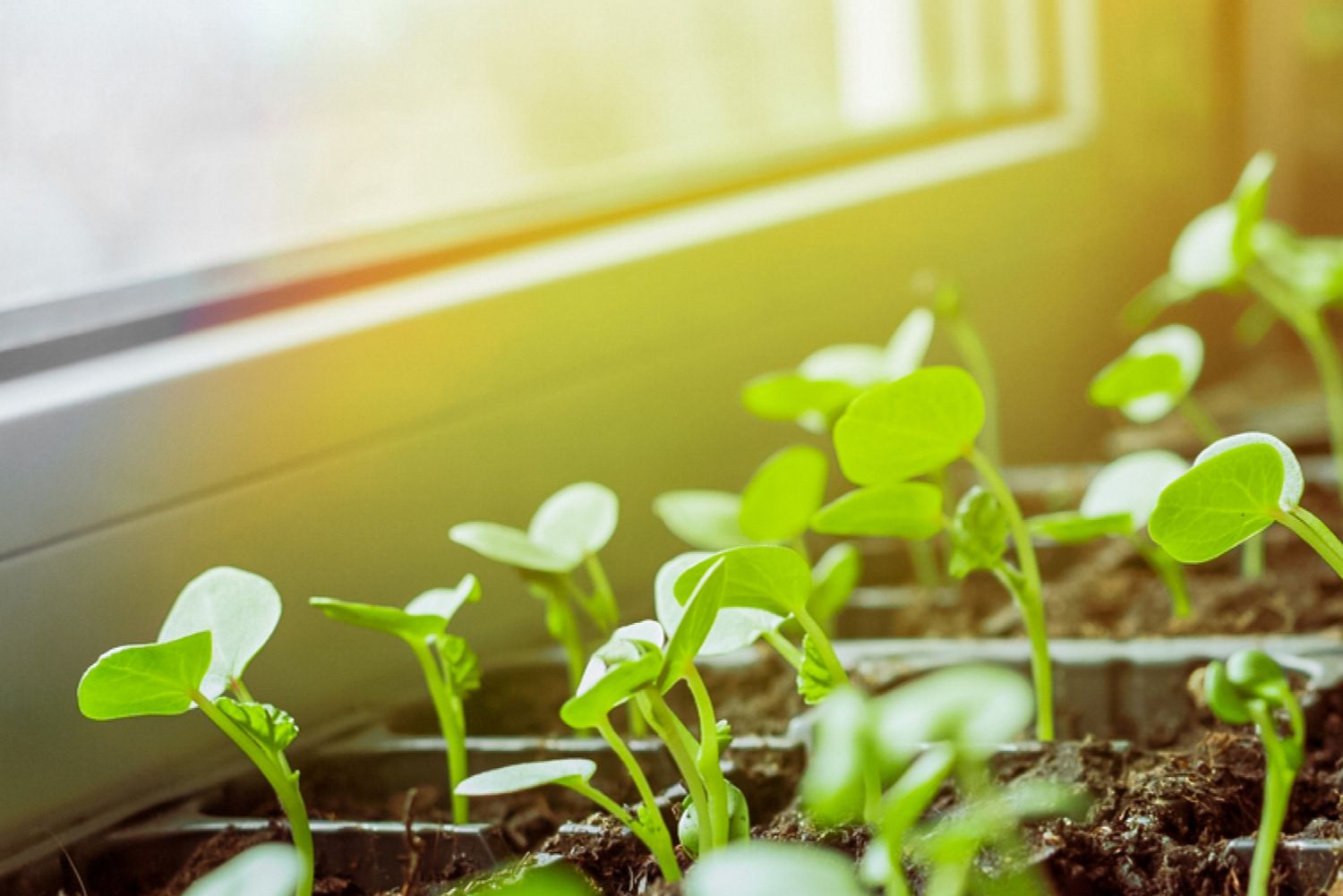
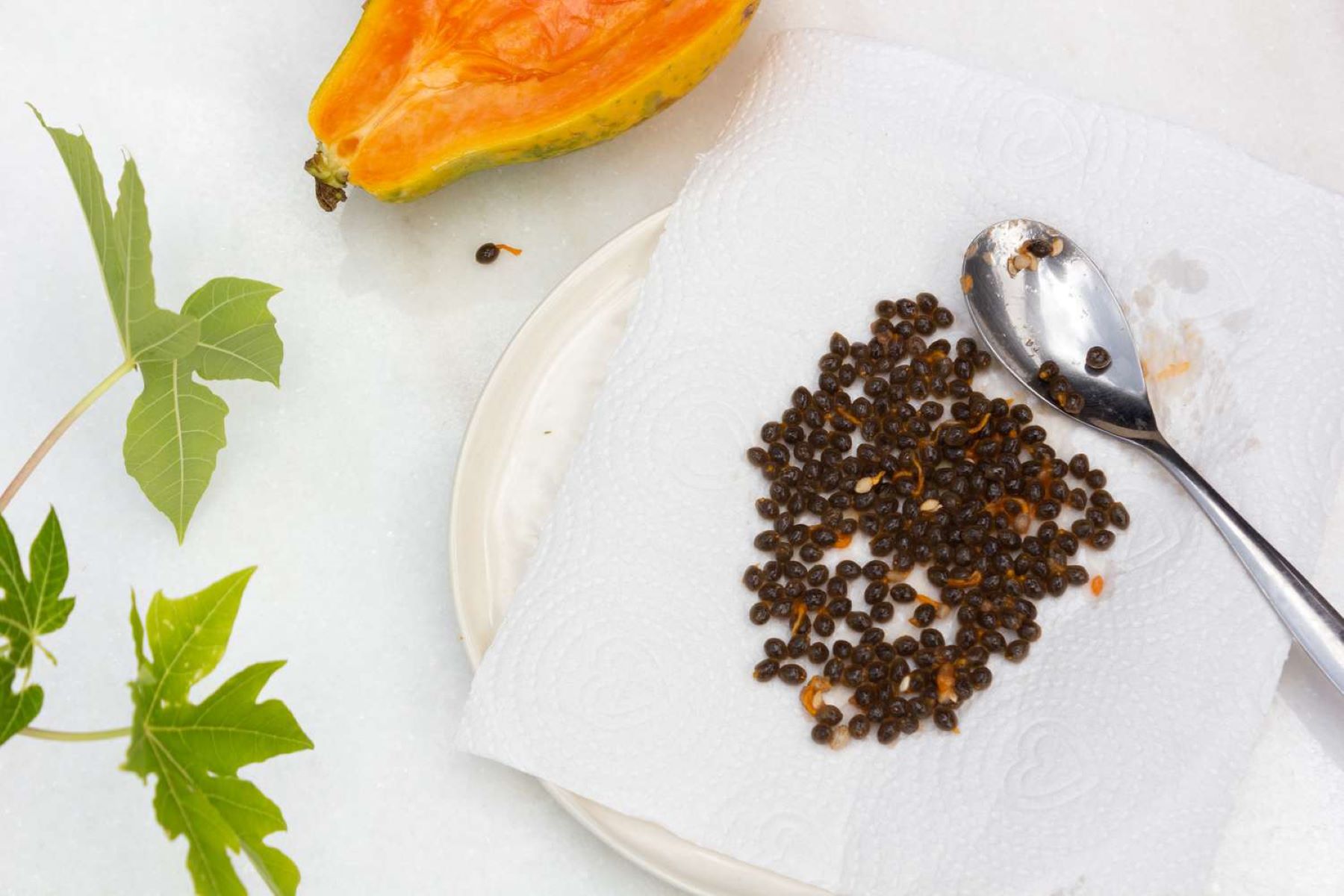
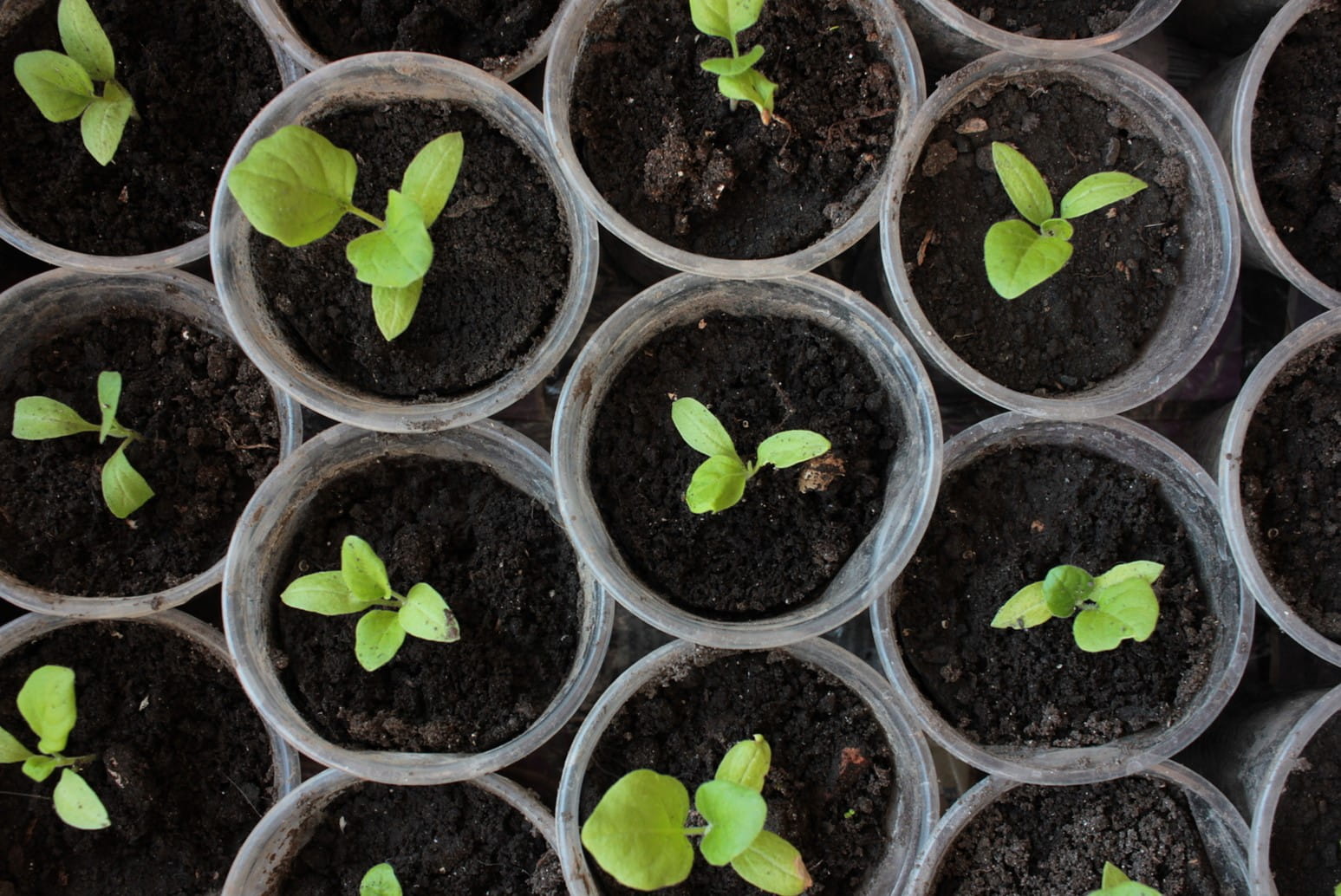
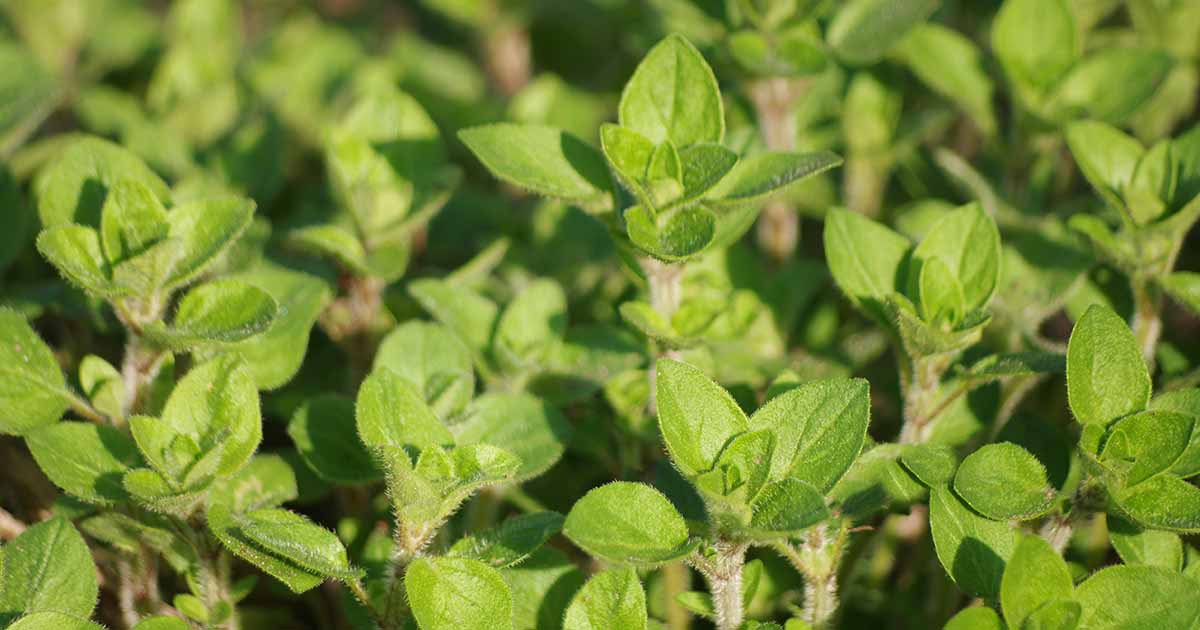
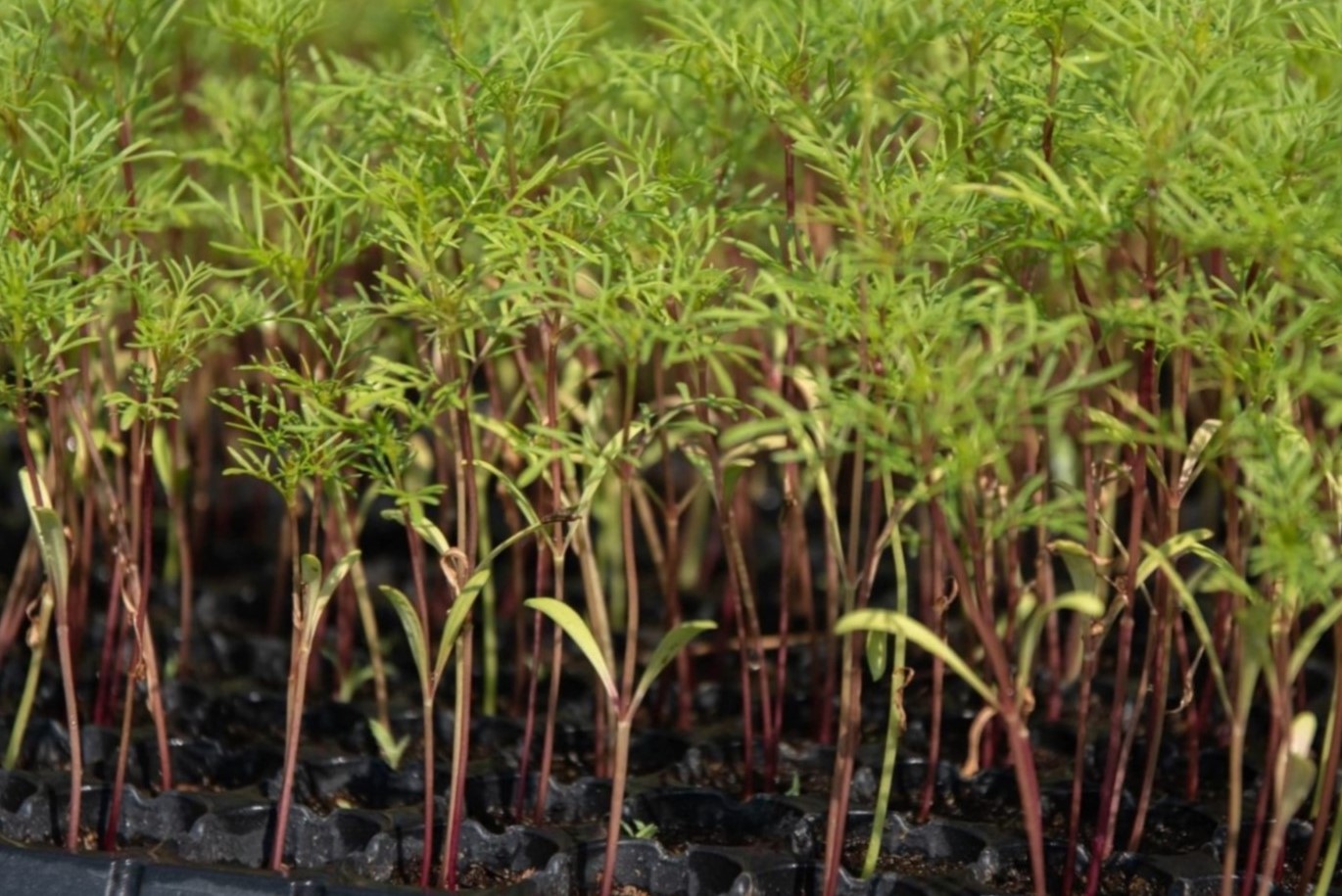
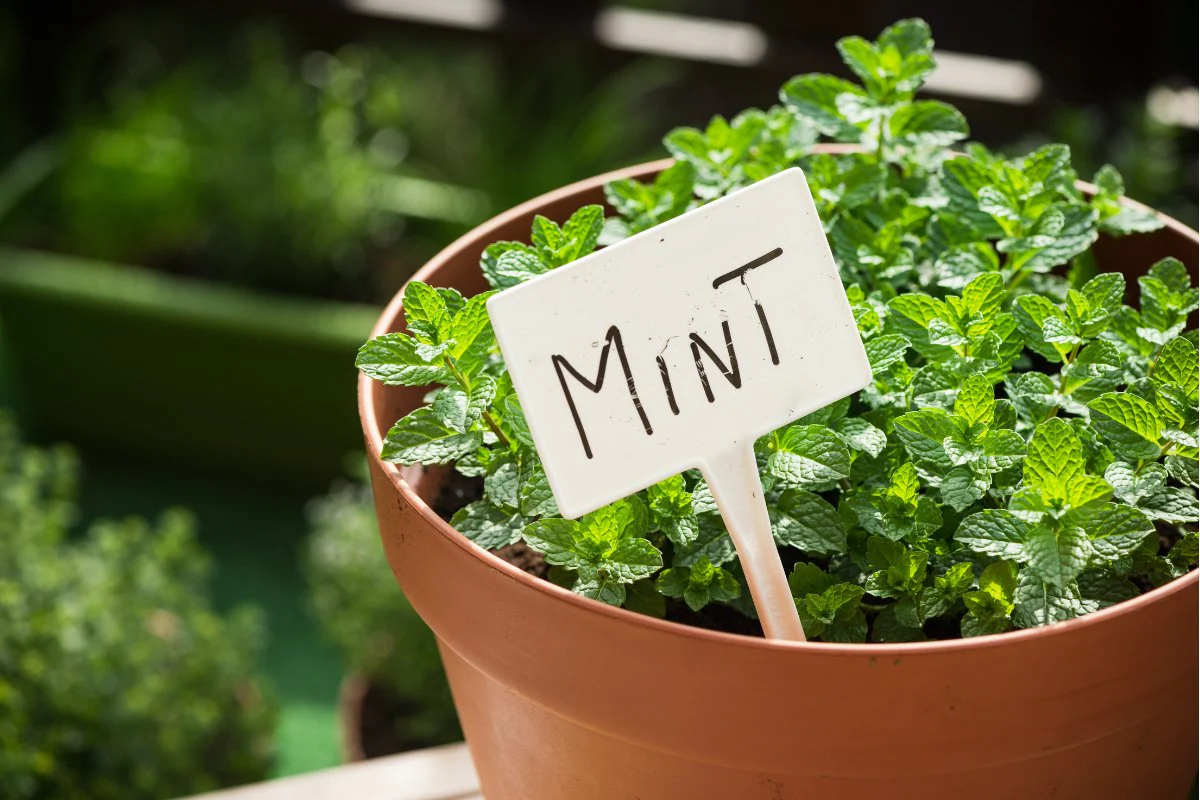
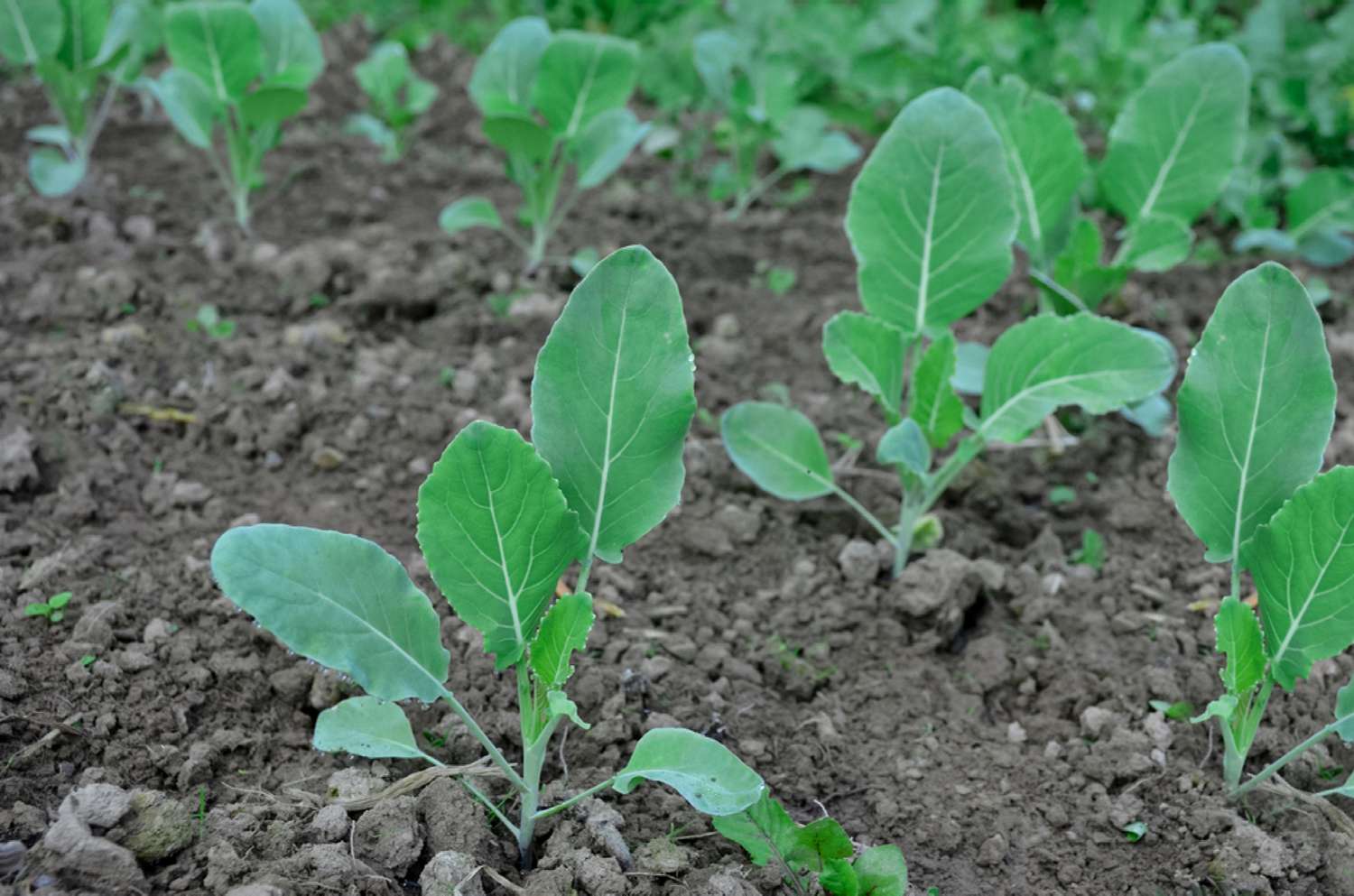
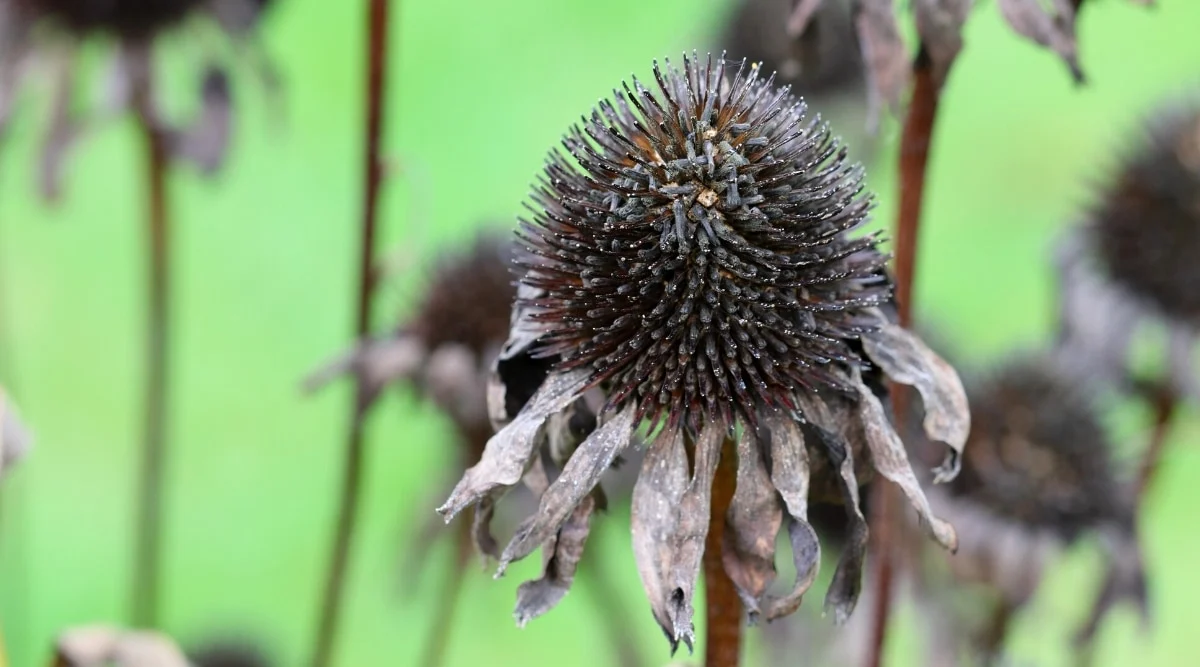

0 thoughts on “How Deep Do You Plant Turnip Seeds”